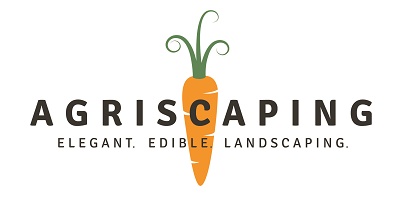Using Sun and Shade to Your Advantage

Microclimates are areas in your yard that have unique beneficial growing conditions different than other areas of your yard based on wind, air temperature, humidity, sun/shade variances, soil moisture, and other conditions. For instance, the north side of a building receiving a lot of shade will be much colder than plants planted next to a driveway or block wall that absorbing heat throughout the sunny day and then slowly releasing it throughout the cold nights. Often times, by managing microclimates, you can shift spaces in the garden up or down two USDA zones.
Over the past decade, Agriscaping has studied the relationships between microclimates found on properties and the growth of plants. They have created Micro-Climate Technology. This technology helps gardeners grow anywhere…Indoor, Outdoors, Full sun, or Full Shade. Agriscaping established 6 basic microclimate categories, indicated by the letters A through F. Each letter represents a different microclimate zone according to the amount of sunlight it receives, which determines what plants will grow in that space.
Zone A is on the North and West walls. This provides morning sun and afternoon shade. This area is great for herbs and heat-sensitive plants.
Zone B is the North wall. This provides morning and afternoon sun. This is a great location to grow traditional plants that are in your areas planting chart.
Zone C is the North and East Walls. This provides morning shade and HOT afternoon sun. This area will help to extend your fall harvest.
Zone D is the South and East walls. This provides morning shade and partial afternoon sun. This is great to grow sweet greens all summer long.
Zone E is the South wall. This provides filtered/reflective morning and afternoon sun. This is great for growing strawberries in the desert southwest.
Zone F is the South and West walls. This provides morning and afternoon shade. This is great for summer greens, edible ferns, and strawberry guava.
Microclimate mapping is exclusively done at Agriscaping. Through Agriscaping, you are able to have your property’s microclimates mapped out. In addition, you will learn what plants flourish in the specific microclimate with your personalized color-coded zone chart. You have increased your growing capacity by 6! THAT’S BIG!
Knowing what to grow and where to grow in your microclimates will help extend success in your landscape. Get your yard evaluated today, click here to learn how!
